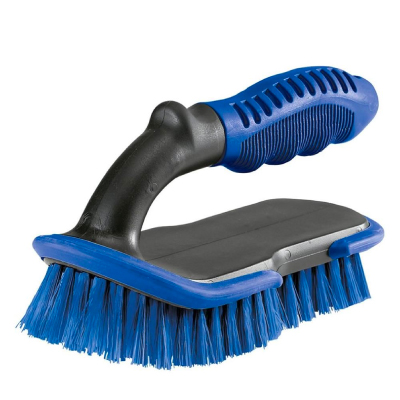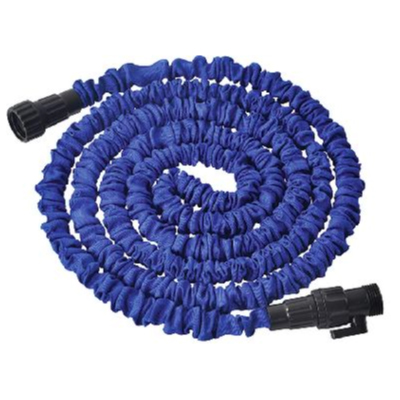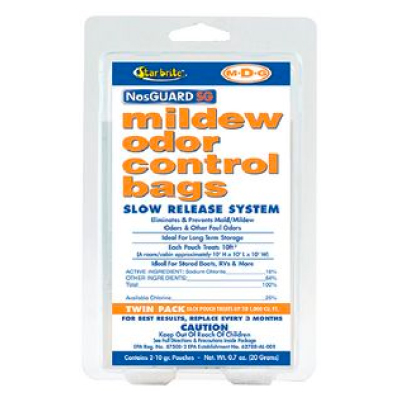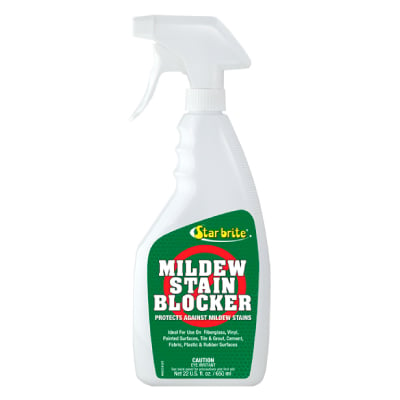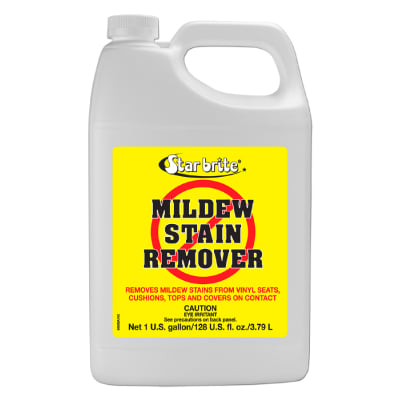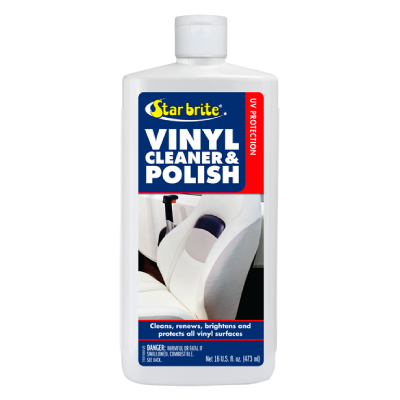Marine Mold and Mildew Control: Guide for a Mold-Free Boat
Boating enthusiasts know that a well-maintained vessel is crucial for enjoyable voyages. However, one common challenge is marine mold and mildew growth. These unsightly and potentially harmful substances thrive in the marine environment, causing damage to the boat’s interior and posing health risks to occupants.
This comprehensive guide will explore effective techniques and preventive measures to control marine mold and mildew on your boat. From cleaning tips and mold prevention products to ventilation systems and storage methods, we’ll cover it all to ensure your boat stays mold-free and ready for adventure.
Why is it Important to Protect Against Marine Mold and Mildew?

Marine mold and mildew can be more than just a cosmetic nuisance on a boat; they can pose serious risks to the vessel and its occupants. Here’s why it’s crucial to protect against mold and mildew:
- Structural Damage: Mold and mildew can cause significant damage to a boat’s structure. These fungi thrive in moist environments and can penetrate and deteriorate various materials, such as wood, upholstery, and fiberglass. Over time, this can weaken the boat’s integrity and lead to costly repairs or even compromise safety.
- Health Concerns: Marine mold and mildew release airborne spores that can trigger allergies and respiratory issues in susceptible individuals. Prolonged exposure to mold spores can cause symptoms like coughing, sneezing, wheezing, and eye or skin irritation. Protecting against mold and mildew helps maintain a healthy onboard environment for passengers and crew.
- Odor Control: Mold and mildew growth often produces a musty and unpleasant odor that permeates the boat’s interior. This odor can be challenging to eliminate and may persist even after cleaning. Preventing mold and mildew growth ensures a fresh and pleasant-smelling boat environment.
- Aesthetics and Comfort: Mold and mildew stains are unsightly and can detract from the overall appearance of your boat. They can also ruin upholstery, carpets, curtains, and other interior elements, diminishing the aesthetic appeal and comfort of the vessel. Protecting against mold and mildew helps preserve your boat’s visual appeal and comfort.
- Longevity and Resale Value: A well-maintained boat free from mold and mildew will have a longer lifespan and retain its resale value better. Potential buyers are more likely to be attracted to a boat that has been properly cared for, ensuring that your investment holds its worth over time.
What Causes Mold or Mildew on a Boat?
Understanding the causes of mold and mildew growth on boats is essential for effective prevention. These unsightly and potentially harmful substances thrive in damp and humid conditions, making the marine environment particularly conducive to their growth. Here are the common causes of mold and mildew on boats:
- High Humidity Levels: Enclosed spaces on boats, such as cabins, lockers, and compartments, can experience high humidity levels, especially during warm and humid weather. Excess moisture in the air provides an ideal breeding ground for mold and mildew.
- Insufficient Ventilation and Airflow: Inadequate airflow and ventilation within the boat can contribute to moisture buildup. Damp air becomes trapped without proper ventilation, increasing the likelihood of mold and mildew growth. Lack of air circulation is especially problematic in areas with limited access to fresh air, such as closed compartments and storage spaces.
- Moisture Accumulation: Moisture can accumulate on a boat from various sources, including leaks, rainwater, or improper drainage. Even small leaks or poor sealing can introduce moisture into the boat’s interior, creating favorable conditions for mold and mildew to thrive. Improperly maintained bilges, decks, and hulls can also contribute to moisture-related issues.
- Storing Damp or Wet Items: Storing damp or wet items without letting them dry properly can introduce excess moisture into the boat’s interior. Wet towels, clothing, or water sports equipment should be thoroughly dried to prevent mold and mildew growth before stowing them away.
By identifying these causes and taking proactive measures, you can significantly reduce the likelihood of mold and mildew growth on your boat. Implementing proper ventilation systems, promptly addressing leaks, practicing regular maintenance, and ensuring items are completely dry before storage are key steps in preventing mold and mildew on your boat.

What Things on a Boat Require Protection from Mildew and Mold?
Mildew and mold can impact various items on your boat, leading to damage, unpleasant odors, and potential health risks. By taking proactive measures, you can protect the following items from mold and mildew growth:
1. Upholstery, Cushions, and Mattresses: These items are susceptible to mold and mildew, especially if exposed to moisture or damp conditions—regularly clean and dry upholstery, cushions, and mattresses after use. Consider using materials resistant to mildew when replacing or updating these items.
2. Carpets and Rugs: Carpets and rugs can easily trap moisture and become a breeding ground for mold and mildew. Vacuum and clean them regularly to remove dirt and debris. Ensure they are completely dry before storing them to prevent mold growth. Consider using mold-resistant carpet materials or removable rugs that can be easily cleaned and dried.
3. Electronics and Wiring: Moisture can damage electronics and compromise wiring systems on your boat. To protect them from mold and mildew:
- Maintain proper ventilation in electronic compartments to prevent moisture buildup.
- Protect exposed wiring with appropriate waterproofing measures.
- Regularly inspect and clean electronic components to ensure they are free from dust, dirt, and moisture.
4. Clothing and Personal Items: Clothing, towels, bedding, and other personal items can be vulnerable to mold and mildew if not stored correctly. To safeguard these items:
- Store them in airtight containers or vacuum-sealed bags to minimize exposure to moisture.
- Ensure they are thoroughly dry before storing them.
5. Boat Cover: Your boat cover protects your vessel from external elements. However, it can also be susceptible to mold and mildew growth if not properly maintained. Take the following steps to protect your boat cover:
- Clean the cover regularly using a mild detergent and ensure it is completely dry before storage.
- A boat cover support system promotes air circulation and prevents water accumulation.
- If mold or mildew appears on the cover, promptly clean it using a mildew cleaner or a mixture of vinegar and water.

What Keeps Mold and Mildew Away?
To prevent the growth of mold and mildew on your boat, it’s essential to implement measures that maintain proper airflow, keep water out, and minimize excess moisture. Here are some effective strategies to keep mold and mildew at bay:
1. Ensure Adequate Ventilation: Proper ventilation is essential to prevent the buildup of moisture and stagnant air, which are conducive to mold and mildew growth. Here’s how you can ensure sufficient airflow throughout your boat:
- Install passive ventilation systems, such as vents, louvers, and air scoops, in key areas like the cabin, compartments, and storage spaces. These systems allow fresh air to circulate, reducing humidity levels.
- Consider utilizing active ventilation systems like fans or dehumidifiers to further control and regulate the humidity inside the boat. These devices help remove excess moisture from the air and promote drying.
2. Promptly Address Leaks and Keep Areas Dry: Water intrusion significantly contributes to mold and mildew growth. It’s crucial to promptly address and repair leaks in your boat to prevent moisture buildup. Regularly inspect areas prone to leaks, such as bilges, lockers, and cushions, and take necessary steps to keep them dry.
3. Regularly Clean and Dry Boat Covers, Canvas, and Vinyl: These surfaces are susceptible to mold and mildew. You can effectively ward off these unwanted invaders by incorporating regular cleaning and thorough drying practices. Remember, a vigilant maintenance routine is essential in preserving the integrity and aesthetics of your boat.
4. Consider the Use of Heaters: During periods of high humidity or when the boat is not in use, consider using heaters or dehumidifiers to create a drier environment. These devices help regulate humidity levels and reduce the chances of mold and mildew growth.
5. Employ Moisture-Absorbing Solutions: To combat mold and mildew, harness the power of moisture-absorbing agents like desiccant crystals, silica gel packs, or damp rid. These effective solutions excel at absorbing and trapping excess moisture from the air.
By employing these moisture-absorbing remedies, you create an inhospitable environment that discourages the growth of mold and mildew. Their pivotal role in moisture control cannot be overstated, as they help maintain a drier atmosphere that thwarts the proliferation of these unwelcome intruders.
Thus, by implementing these preventive measures, you can create an environment that discourages mold and mildew growth on your boat. Proper airflow, moisture control, and regular cleaning and drying routines will help keep your boat clean, fresh, and mold-free.
Mold and Mildew Removal and Prevention Shopping Guide
Many great products are out there to help you prevent, remove and block marine mold and mildew. Here are the core products you are going to need.
Hows to Get Rid of Mold or Mildew on a Boat: Step-by-Step Guide
When dealing with marine mold and mildew on your boat, following a systematic approach to eliminate these stubborn nuisances effectively is essential. Here are the steps you can take:
1. Wear Protective Gear: Before you begin the cleaning process, ensure your safety by wearing protective gear such as gloves, goggles, and a mask to protect you from potential allergens and irritants.
2. Choose a Cleaning Solution: Select a mold and mildew-specific cleaner – there are many options.
3. Apply the Cleaning Solution: Apply the cleaning solution to the affected areas according to the product’s package directions, ensuring thorough coverage. Use a brush or rag to scrub the surfaces, paying close attention to seams, crevices, and other hard-to-reach areas where mold and mildew can hide.
4. Rinse and Dry Thoroughly: After cleaning, rinse the surfaces with clean water to remove any residue. Ensure thorough rinsing to eliminate any traces of the cleaning solution. Once rinsed, allow the surfaces to dry completely. Proper drying is crucial to prevent moisture buildup, which can contribute to future mold and mildew growth.
5. Consider Fumigation: After effectively removing mold from your boat, following up with a reliable solution for long-term prevention may be beneficial. Consider using mold control products that utilize advanced technology to combat mold and its associated odor.
These products release a powerful vapor capable of penetrating fabrics and hard-to-reach areas that may have been missed during the initial cleaning process. Look for options that offer continuous protection for an extended period.
7. Apply a Product Designed to Block Mildew: To further enhance your defense against mildew, consider utilizing a product specifically designed to block mildew. These products are designed to inhibit mildew growth and can provide valuable assistance in the ongoing battle. By incorporating a mildew blocker into your maintenance routine, you can take proactive measures to prevent unwanted mildew growth and keep your boat clean and protected.

Does Boat Insurance Cover Mildew and Mold Damage?
The marine mold and mildew damage coverage can vary depending on your boat insurance policy. You must review your policy’s terms and conditions or consult your insurance provider. Some policies may cover mold and mildew damage resulting from a covered peril, such as water damage or a sudden and accidental event.
However, gradual or neglect-related mold and mildew issues may not be covered. Discuss mold and mildew coverage with your insurance provider to ensure comprehensive protection.
Parting Words: Conquering Boat Mold and Mildew
Controlling marine mold and mildew on your boat requires a proactive approach and regular maintenance. By implementing the preventive measures outlined in this guide, you can enjoy a mold-free boating experience and preserve the longevity of your vessel.
Cleanliness, proper ventilation, and minimizing excess moisture are critical factors in mold and mildew prevention. With these strategies in place, you can set sail confidently, knowing your boat is protected from the detrimental effects of mold and mildew.
The post Marine Mold and Mildew Control: Guide for a Mold-Free Boat appeared first on PartsVu Xchange.

